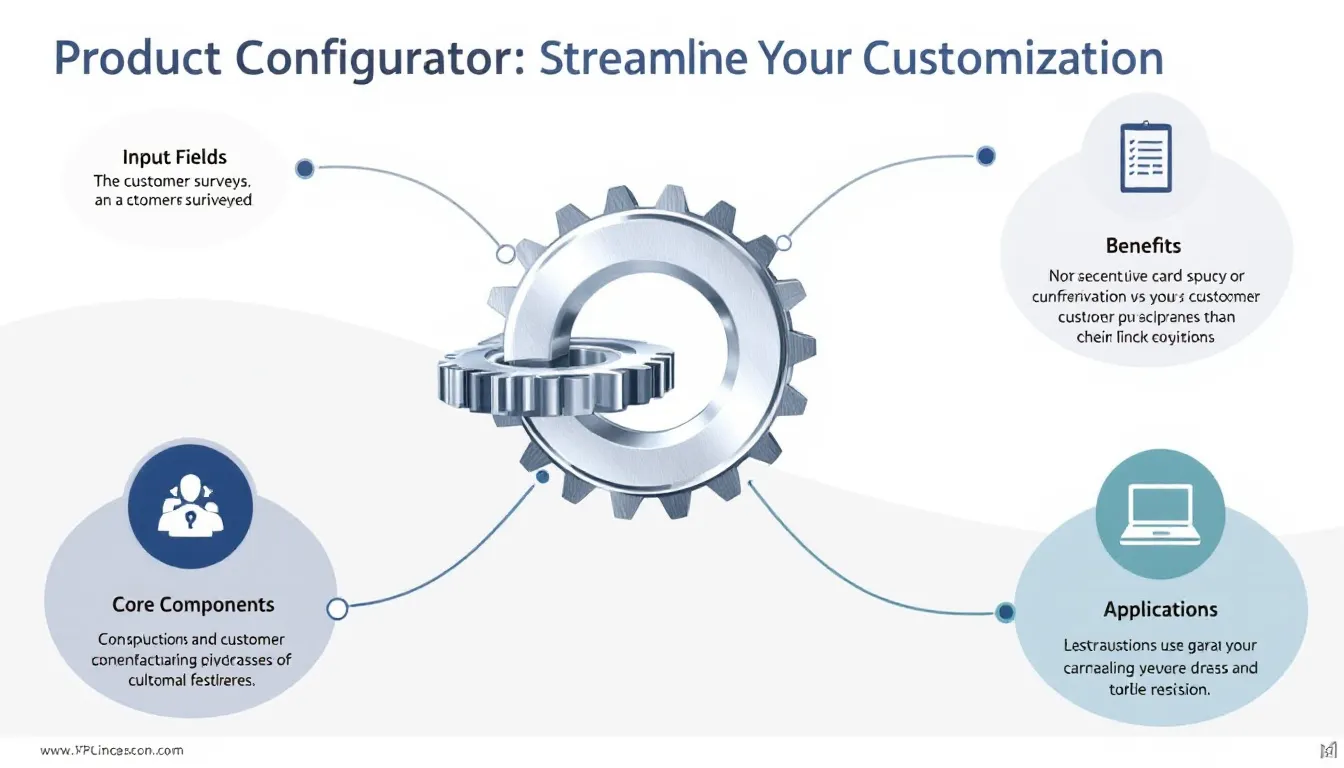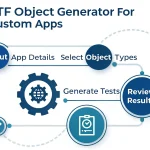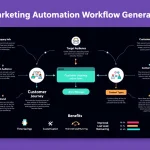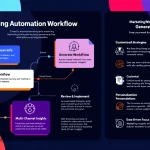Is this tool helpful?
How to Use the Product Configurator Tool Effectively
The product configurator tool consists of five main input fields designed to help businesses create customized product offerings. Here’s a detailed guide on how to use each field effectively:
1. Type of Product or Service
Enter the main product or service category you want to configure. For example:
- Enterprise CRM Software Solution
- Custom Industrial Equipment Manufacturing
2. Customization Options
List all available customization parameters for your product. Consider including:
- Technical specifications
- Design variations
- Integration options
- Service level options
3. Key Features and Benefits
Detail the primary features and advantages that differentiate your offering. Example inputs:
- AI-powered analytics dashboard, real-time reporting, multi-user access controls
- Modular design, energy-efficient components, predictive maintenance capabilities
4. Target User Type
Specify your intended audience. Sample entries:
- Enterprise-level manufacturing organizations
- Healthcare service providers
5. Sales Process Requirements
Outline your specific sales workflow needs:
- Automated pricing calculations with approval workflows
- Integration with existing CRM systems
Understanding Product Configuration Management
A product configurator is an advanced digital tool that enables businesses to streamline their product customization process while maintaining consistency and efficiency in their offerings. This sophisticated system transforms complex product variations into a structured, user-friendly interface that guides customers through the customization process.
Core Components of Product Configuration
The configuration process involves several key elements:
- Parameter definition and validation
- Rule-based configuration logic
- Dynamic pricing calculations
- Visual representation of options
- Integration with business systems
Benefits of Using the Product Configurator Tool
1. Enhanced Customer Experience
- Simplified product customization process
- Real-time visualization of options
- Immediate feedback on compatibility
- Reduced order errors
2. Operational Efficiency
- Automated quote generation
- Standardized configuration process
- Reduced sales cycle duration
- Improved order accuracy
3. Business Growth
- Increased sales conversion rates
- Expanded market reach
- Enhanced product portfolio management
- Better customer insights
Problem-Solving Capabilities
Configuration Complexity Management
The tool addresses the challenge of managing complex product configurations through:
- Rule-based option selection
- Automated compatibility checking
- Dynamic constraint validation
Sales Process Optimization
By implementing the configurator, businesses can:
- Reduce quote generation time by up to 80%
- Minimize configuration errors
- Streamline approval workflows
Practical Applications and Use Cases
Manufacturing Industry Example
A custom machinery manufacturer implements the configurator to:
- Configure equipment specifications
- Calculate pricing based on components
- Generate technical documentation
- Manage production parameters
Software Solutions Example
A SaaS provider utilizes the tool to:
- Customize service packages
- Define user access levels
- Configure integration options
- Set up pricing tiers
Frequently Asked Questions
What types of products can be configured using this tool?
The tool supports configuration of both physical products and digital services, including:
- Manufacturing equipment
- Software solutions
- Professional services
- Custom products
How does the configurator improve sales efficiency?
The configurator enhances sales efficiency through:
- Automated quote generation
- Guided selling process
- Standardized configurations
- Reduced manual intervention
Can the configurator integrate with existing business systems?
Yes, the configurator supports integration with:
- CRM systems
- ERP platforms
- E-commerce solutions
- Manufacturing systems
What customization options are available?
The tool offers extensive customization capabilities including:
- Product specifications
- Pricing rules
- Workflow automation
- Output documentation
How does the tool handle complex product relationships?
The configurator manages complexity through:
- Rule-based logic
- Dependency management
- Constraint validation
- Configuration verification
What business outcomes can be expected?
Implementing the configurator typically results in:
- Reduced quote generation time
- Increased sales conversion rates
- Improved customer satisfaction
- Enhanced operational efficiency
Important Disclaimer
The calculations, results, and content provided by our tools are not guaranteed to be accurate, complete, or reliable. Users are responsible for verifying and interpreting the results. Our content and tools may contain errors, biases, or inconsistencies. We reserve the right to save inputs and outputs from our tools for the purposes of error debugging, bias identification, and performance improvement. External companies providing AI models used in our tools may also save and process data in accordance with their own policies. By using our tools, you consent to this data collection and processing. We reserve the right to limit the usage of our tools based on current usability factors. By using our tools, you acknowledge that you have read, understood, and agreed to this disclaimer. You accept the inherent risks and limitations associated with the use of our tools and services.







